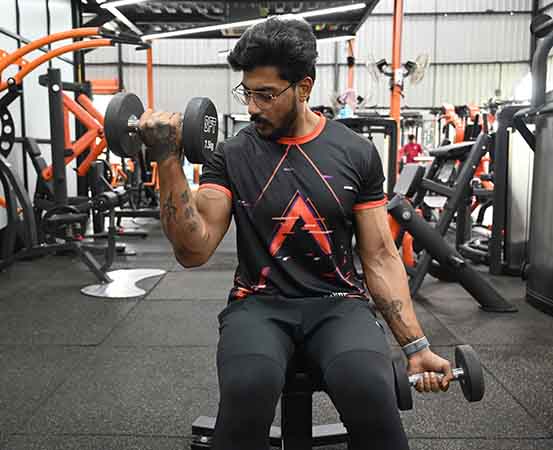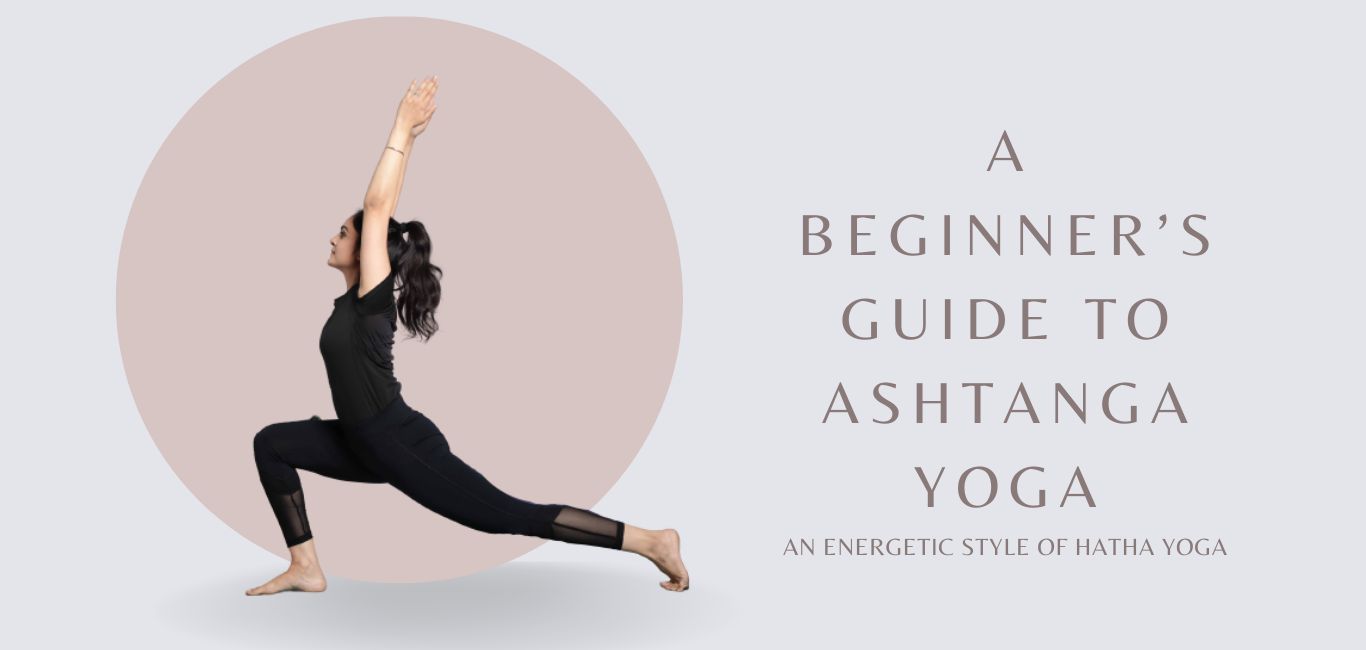
While the big pumping, flashy barbell exercises such as the bench press, squat, and deadlift are among the favorites of fitness enthusiasts, these could end up providing lopsided gains, say experts. The reason: people tend to have a stronger side which ends up taking most of the load during these exercises. That could also lead to muscle imbalances and overuse injuries. You can counter this by giving each side of the body special attention – through unilateral exercises.
“Unilateral exercises train only one side, for example, instead of doing barbell curls, we do single-hand dumbbell curls to improve the strength equally on both sides,” says K Vamshi Krishna, founder of Divine Fit Tribe gym in Bengaluru.

Benefits of unilateral exercises
- Balancing act: Unilateral exercises help identify imbalances between your left and right sides. “Single side training can help improve balance and by forcing the body to stabilize the load on one side,” says Krishna.
- Core play: Exercises such as the lunges, single leg Romanian deadlifts (RDLs), and single arm overhead press force your core to become an active player as it works overtime to stabilize your body.
- Functional fitness: You never end up lifting groceries or hoisting your backpack with both hands. It’s usually a one-sided affair. “One side might be more powerful than the other and might take over the movement. This does not happen in unilateral training, and it helps equalize the growth on each side,” says Krishna.
- Joint health: Unilateral exercises go easier on your joints. With lower weights and controlled movement, there’s less strain and more gain.
- Stabilization: By engaging smaller stabilizing muscles, you’re enhancing overall joint stability. “We encourage beginners to perform unilateral movement because they won’t have the balance and strength an advanced trainee will have. Unilateral movement helps the beginners build up strength and stability,” says Krishna.
- Mind-muscle magic: The focus required for these exercises creates a stronger mind-muscle connection. “Mind-muscle connection is strengthened due to higher quality of contraction and isolation,” says Krishna.
- Plateau breaker: Unilateral training can shock your muscles and shake up your routine, giving your body a fresh stimulus to grow.
Bilateral and unilateral exercises compliment each other
A meta-analysis, looking into 28 research papers addressing unilateral training, found that it improves jumping ability, sprinting ability, maximum strength, ability to change direction, and ability to balance more than bilateral training. However, this is sports specific, and bilateral training is required to improve bilateral strength and skills. So, having a good mix of unilateral and bilateral exercises in your training program is essential for balanced progression.
Takeaways
- Unilateral exercises or single-side training improves balance, stability, and mind-muscle connection.
- It helps protect the joints, increases the stability of the core, and promotes functionality all while giving the body fresh stimulus to break plateaus.
- Having a good mix of unilateral and bilateral exercises in your training program is essential for balanced progression.
















